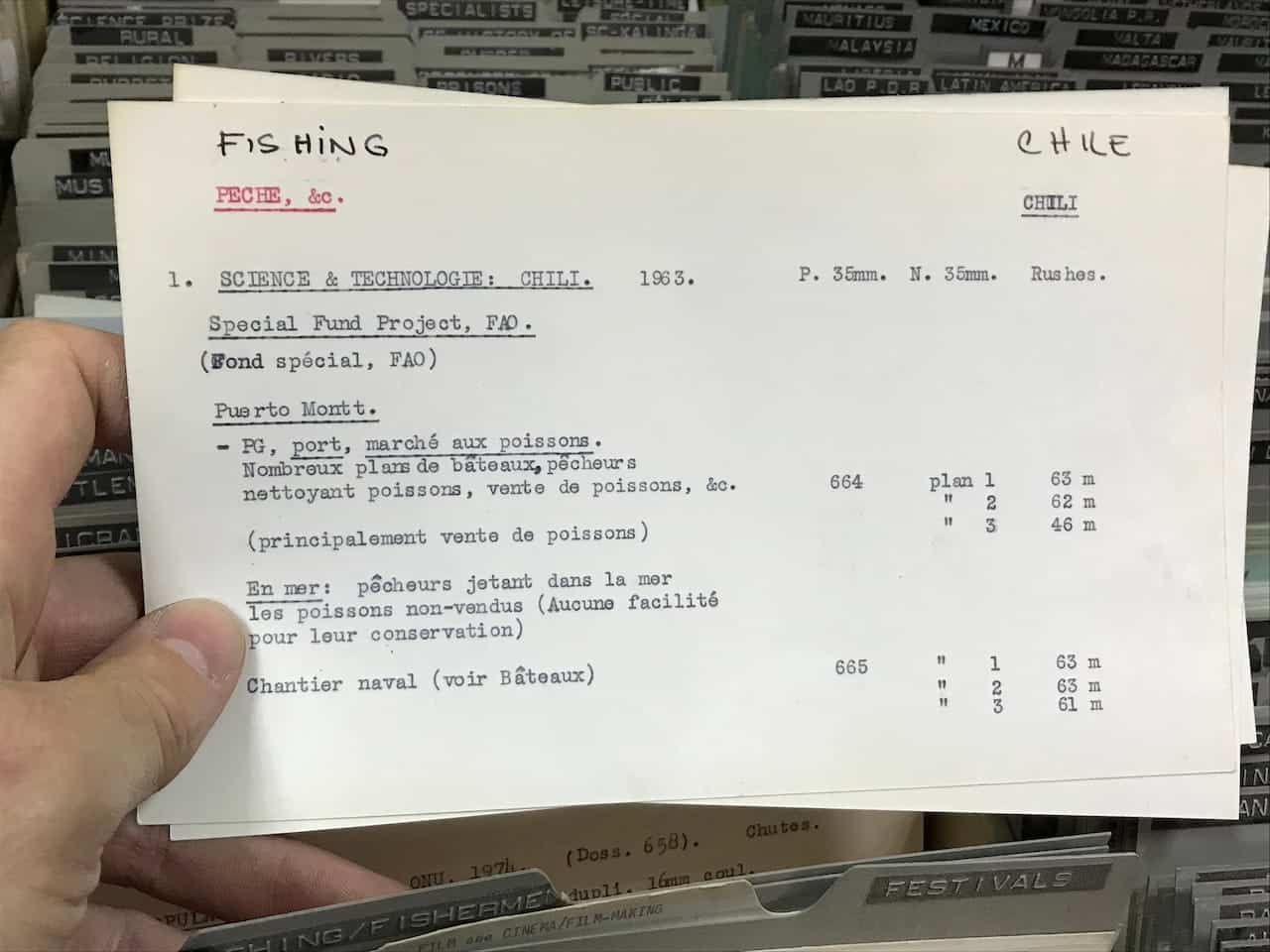The role of provenance in preservation
When working with audiovisual media, particularly magnetic tapes, Archivists regularly face a unique challenge due to the absence of labeling and technical documentation. These materials often present as a “black box” with their contents, recording technology, and the specific equipment needed for playback remaining unknown until an attempt is made to play them. This uncertainty underscores the critical importance of provenance – the history of an item’s creation, use, and custody – in efforts to preserve and digitize these materials.
Why provenance matters
Understanding the provenance of audiovisual materials isn’t just about knowing their origin; it’s also essential for making educated guesses about their technical characteristics. For example:
Tape Speed and Format:
- Provenance can indicate whether a 1/4-inch magnetic tape was used for audio or video recording. Was it created on an AKAI VT-100 black-and-white video recorder, or does it belong to a later period, requiring a digital 8-track audio recorder? Knowing its history helps Archivists choose the right playback equipment.
Film Formats and Characteristics:
- In the case of Super 8 or Single 8 film, provenance might reveal whether it was shot at 18 fps for amateur use or 24 fps for professional projects. This knowledge ensures accurate playback and preservation.
TV Standards and Recording Speeds:
- Understanding where a videotape originated geographically can identify whether it follows the PAL, SECAM, or NTSC TV standard, or if a VHS tape was recorded in SP, LP, or EP mode.
The role of expertise and equipment
For organizations looking to assess and play the wide variety of formats in their archives, or when evaluating newly offered audiovisual materials, expertise and equipment are essential. Having someone with deep knowledge of audiovisual formats is critical to correctly identify and assess the materials.
Equally important is having access to all the necessary playback equipment. This ensures the ability to test and confirm the contents of tapes and films, especially when handwritten labels on cassettes and reels prove to be inaccurate—a scenario that happens surprisingly often. Without proper verification, Archivists risk mislabeling or overlooking significant content.
A technical detective game
Deciphering audiovisual formats often feels like a technical detective game, requiring patience, expertise, and sometimes a bit of trial and error. Many tape formats present an added challenge: the same physical medium might support up to 10 different recording techniques, each requiring a unique playback machine. For example, a 1/4-inch magnetic tape could be:
- An early video recording requiring an AKAI VT-150 color video recorder
- An audio reel for a Tascam 4-channel multi-track analog recorder
- An audio reel for a Uher report 4-track mono 1,2 cm/sec portable recorder
- A later digital recording suitable for an 8-track digital recorder
The decision on which machine to use first depends on visual inspection, labeling (if any), and the tape’s provenance. Without this information, Archivists and Project Managers risk damaging the media or misinterpreting its content.
Practical implications for Archivists
For Project Managers and Archivists, the takeaway is clear: successfully handling “black box” materials requires expertise, the right equipment, and a methodical approach. Understanding provenance saves time and reduces risks in preservation projects. It informs decisions on the right equipment to use, the technical workflows to implement, and even the storage and handling protocols to follow.
The bigger picture
Provenance isn’t just a technical tool; it’s a bridge between the past and the future. By piecing together the story of how an audiovisual artifact was created and used, Archivists ensure its successful preservation and digitization. Whether it’s uncovering rare video footage or safeguarding oral histories or compliance recording recorded on slow-speed audiotape (running as slow as 1.2cm/sec or 0,47 ips) , understanding the history behind the medium helps unlock its value.
For Archivists and organizations alike, this work is about more than preserving the past; it’s about enabling access to valuable materials for research, storytelling, and education – ensuring they become and remain relevant and accessible for generations to come.






